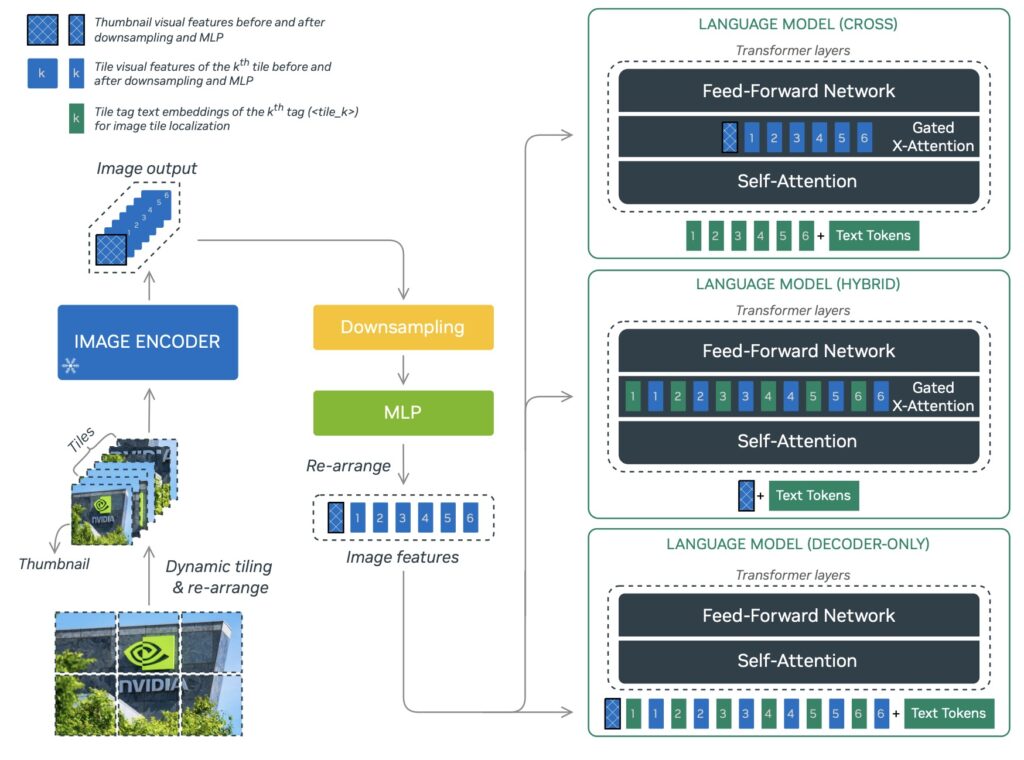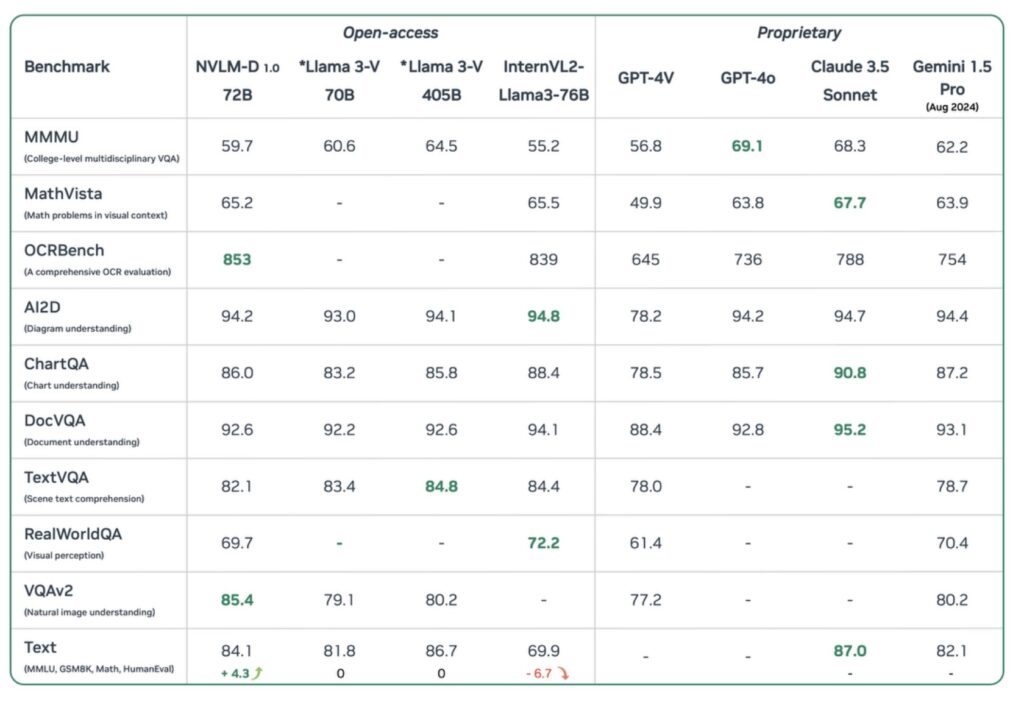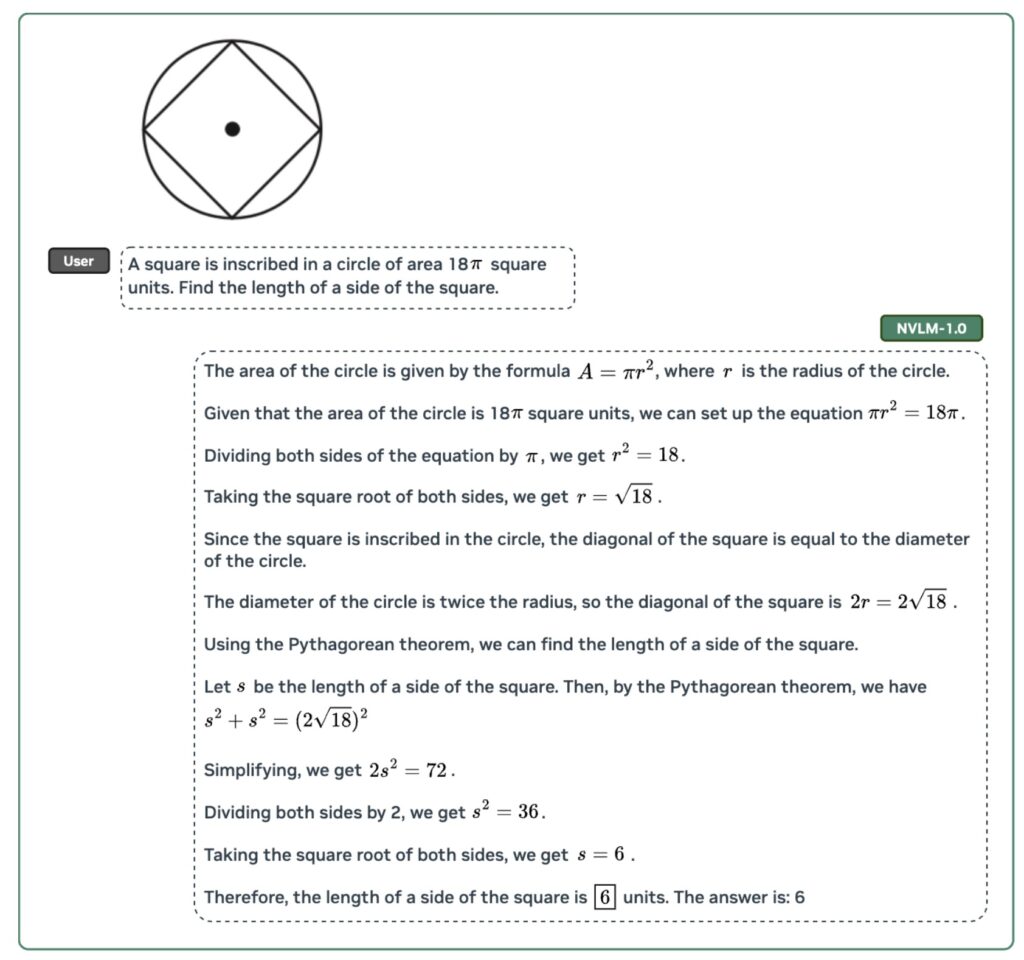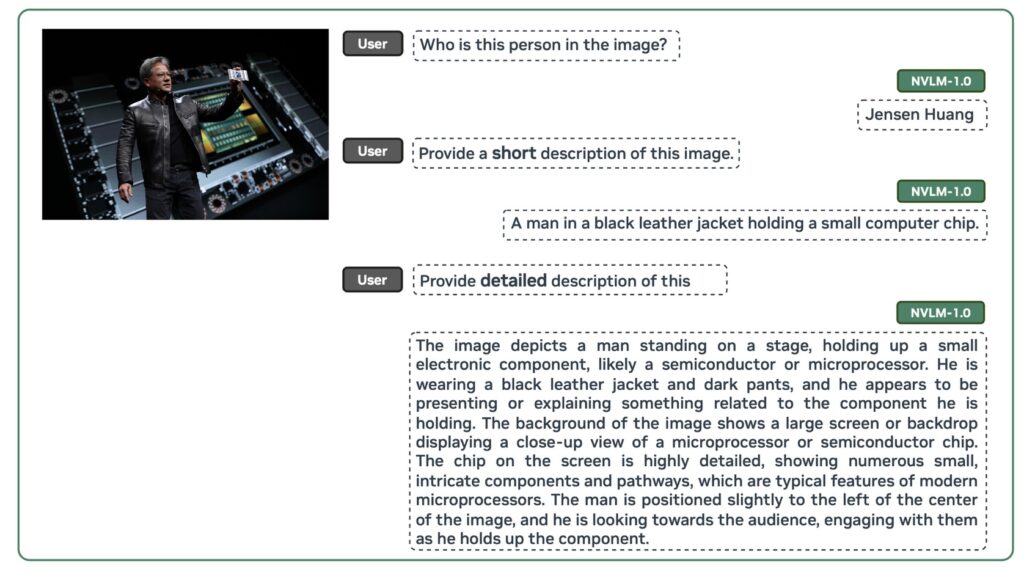A Revolutionary Move Towards Accessibility and Innovation in Artificial Intelligence
Nvidia has made a significant splash in the AI arena with its latest announcement: the release of the NVLM 1.0 family of large multimodal language models, including the groundbreaking NVLM-D-72B.
- Open-Source Accessibility: Nvidia’s decision to make NVLM 1.0 open-source allows researchers and developers worldwide to access cutting-edge AI technology, breaking away from the trend of proprietary models dominated by tech giants like OpenAI and Google.
- Superior Performance: With 72 billion parameters, the NVLM-D-72B model excels in both vision and language tasks, showing impressive adaptability in interpreting complex inputs while even enhancing its text-only capabilities.
- Implications for AI Research: This release is set to level the playing field in the AI landscape, empowering smaller organizations and independent researchers while simultaneously raising important ethical considerations about AI misuse.
Nvidia’s introduction of the NVLM 1.0 family marks a pivotal moment in the evolution of artificial intelligence, particularly in the realm of open-source models. By releasing the NVLM-D-72B, a 72 billion parameter model, Nvidia not only showcases its technological prowess but also challenges the status quo of AI development, which has largely been dominated by proprietary systems. The company’s decision to provide public access to the model weights and forthcoming training code is a bold step that promises to democratize AI research and development.

The capabilities of NVLM-D-72B are remarkable, particularly its performance in multimodal tasks, which require processing both visual and textual information. Nvidia has demonstrated the model’s adaptability in various scenarios, including interpreting memes, analyzing images, and even solving mathematical problems step-by-step. Most notably, while many models struggle with text performance after multimodal training, NVLM-D-72B has shown an increase in accuracy by an average of 4.3 points across key text benchmarks. This achievement highlights a significant breakthrough in training methodologies that could influence future AI models.

The response from the AI research community has been overwhelmingly positive. Many researchers see Nvidia’s initiative as a game changer, providing a powerful model that rivals those from well-established tech companies. This shift is likely to accelerate AI research and development, particularly for smaller organizations and independent researchers who previously lacked access to such advanced tools. The implications for collaboration and innovation in AI are vast, as new ideas and applications can now emerge from a broader spectrum of contributors.

Furthermore, NVLM 1.0 introduces innovative architectural designs, employing a hybrid approach that integrates various multimodal processing techniques. This development could set a new direction for research in AI, pushing the boundaries of what is possible and inspiring other tech leaders to reconsider their own strategies regarding open-source technology. As Nvidia challenges the norms of the industry, it may prompt a wave of openness among competitors, potentially leading to a more collaborative environment in AI research.

However, the release of NVLM 1.0 is not without its challenges. As powerful AI models become freely accessible, concerns about misuse and ethical implications are rising. The AI community now faces the pressing task of balancing innovation with responsible use, ensuring that the technology benefits society without causing harm. Additionally, as state-of-the-art models become available to all, businesses may need to reevaluate their strategies for creating value and maintaining competitive advantages in an increasingly crowded market.

Nvidia’s release of NVLM 1.0 signals a transformative shift in the AI landscape. By offering an open-source model that rivals proprietary systems, Nvidia not only promotes innovation but also redefines the future of AI development. The true impact of this initiative will unfold over the coming months and years, potentially leading to unprecedented collaboration and breakthroughs in artificial intelligence. As the industry navigates this new terrain, one thing is clear: the landscape of AI is changing, and those who can adapt will thrive in this exciting new era.
